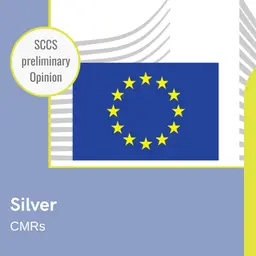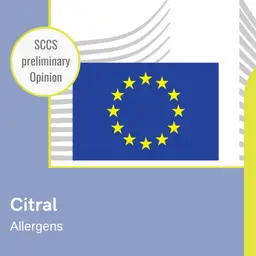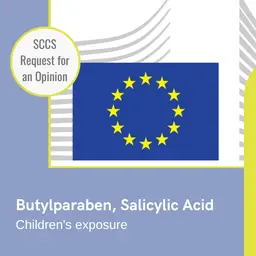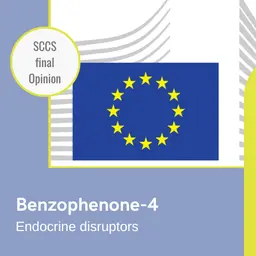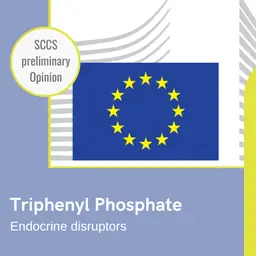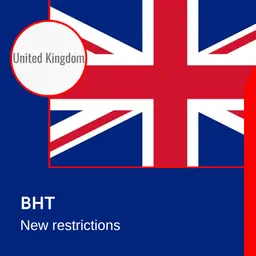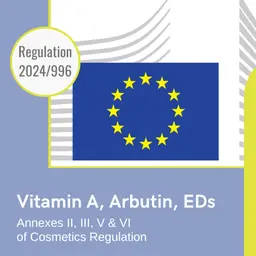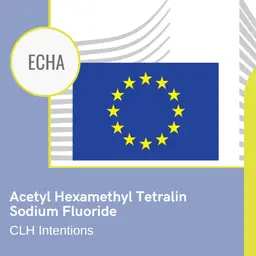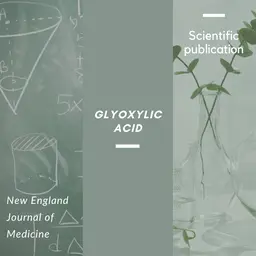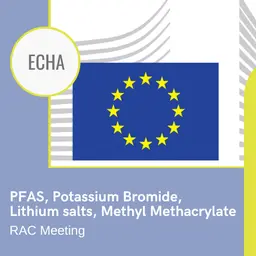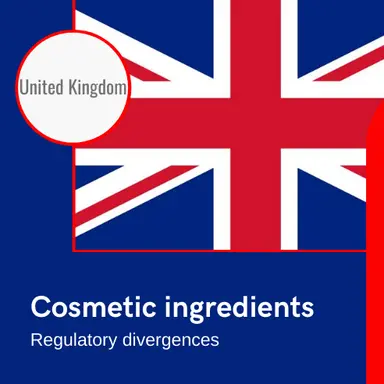
Since the entry into force of the Brexit, the UK has put in place its own regulation applicable to cosmetic products. But if the main text (very similar to the European Regulation 1223/2009) has been published, its annexes, specifying the conditions of use of the numerous ingredients, have not yet been published. The result: differences in regulations for about ten substances, which the CTPA (Cosmetics, Toiletry and Perfumery Association) has compiled in a recently updated list.
Since the Brexit, on both sides of the Channel, the regulation of cosmetic ingredients is evolving in parallel… which leads to differences in requirements for some of them. The CTPA, the association representing the cosmetics industry in the UK, has listed the main differences.
The most recent developments are indicated in blue.
| Ingredient | EU Regulation UE | Date of implementation | UK Regulation RU |
|---|---|---|---|
| Salicylic Acid |
Regulation 2019/1966 • Rinse-off hair products: max 3% • Other products except body lotion, eye shadow, mascara, eyeliner, lipstick, roll-on deodorant: max 2% • As preservative: max 0.5% • Not to be used in products for children under 3 years of age, sprays and oral products |
1st May 2020 |
• Rinse-off hair products: max 3% • Other products: max 2% • As preservative: max 0.5% • Draft legislation: 0.5% in body lotions, eye shadows, mascaras, eyeliners, lipsticks, roll-on deodorants (expected to come into force: 15 December 2022) |
| Titanium Dioxide |
Regulation 2021/850 • Additional restrictions for TiO2 in the form of a powder containing 1% or more of particles with an aerodynamic diameter ≤ 10 μm |
1st October 2021 | • … |

